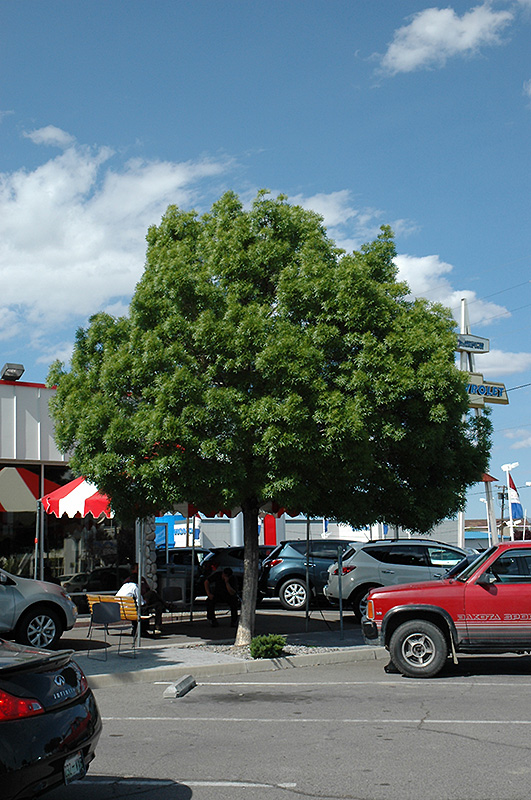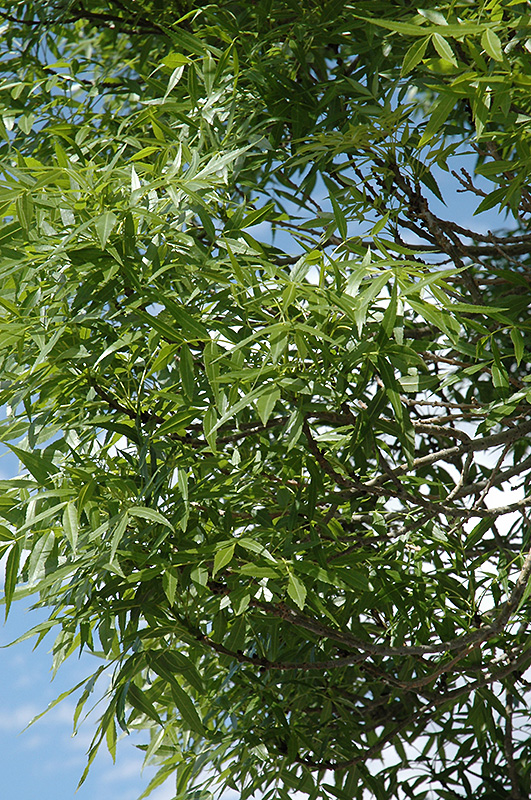Find Plants
Height: 50 feet
Spread: 25 feet
Sunlight:
![]()
Hardiness Zone: 5
Other Names: Claret Ash; F. angustifolia
Description:
An exceptional variety producing a tall rounded canopy of dark green foliage that turns a spectacular claret red in fall; should be grown in full sun and is moderately drought tolerant once established
Ornamental Features
Raywood Ash has forest green deciduous foliage on a tree with an upright spreading habit of growth. The pointy compound leaves turn an outstanding antique red in the fall.
Landscape Attributes
Raywood Ash is a dense deciduous tree with an upright spreading habit of growth. Its average texture blends into the landscape, but can be balanced by one or two finer or coarser trees or shrubs for an effective composition.
This is a relatively low maintenance tree, and should only be pruned in summer after the leaves have fully developed, as it may 'bleed' sap if pruned in late winter or early spring. Deer don't particularly care for this plant and will usually leave it alone in favor of tastier treats. It has no significant negative characteristics.
Raywood Ash is recommended for the following landscape applications;
- Shade
Planting & Growing
Raywood Ash will grow to be about 50 feet tall at maturity, with a spread of 25 feet. It has a high canopy with a typical clearance of 7 feet from the ground, and should not be planted underneath power lines. As it matures, the lower branches of this tree can be strategically removed to create a high enough canopy to support unobstructed human traffic underneath. It grows at a medium rate, and under ideal conditions can be expected to live for 70 years or more.
This tree should only be grown in full sunlight. It is very adaptable to both dry and moist locations, and should do just fine under average home landscape conditions. It is considered to be drought-tolerant, and thus makes an ideal choice for xeriscaping or the moisture-conserving landscape. It is not particular as to soil type or pH. It is highly tolerant of urban pollution and will even thrive in inner city environments. This is a selected variety of a species not originally from North America.
Disclaimer - This Plant Finder tool is an online resource representing many of the varieties that we carry over the course of the season, and is intended for informational purposes only. Inventory varies seasonally, so we cannot guarantee that every plant will be in stock at all times - please contact the store directly for availability. It does not include our entire inventory of plants, so be sure to visit our store to see varieties that may not be represented on this list.


